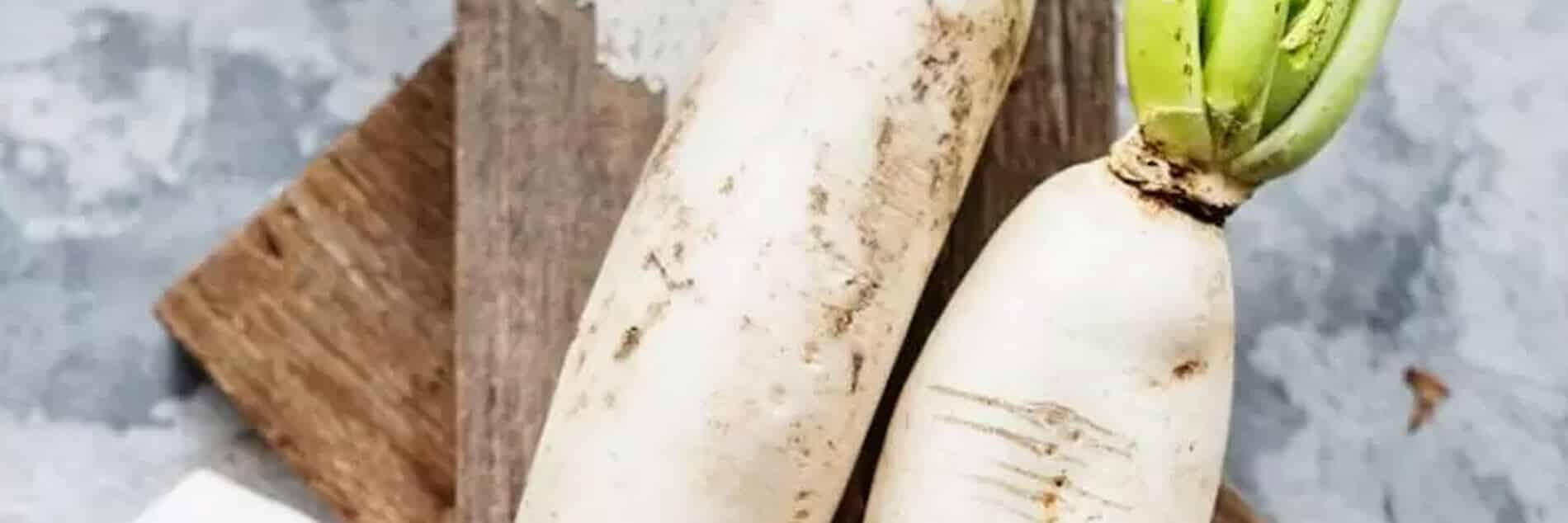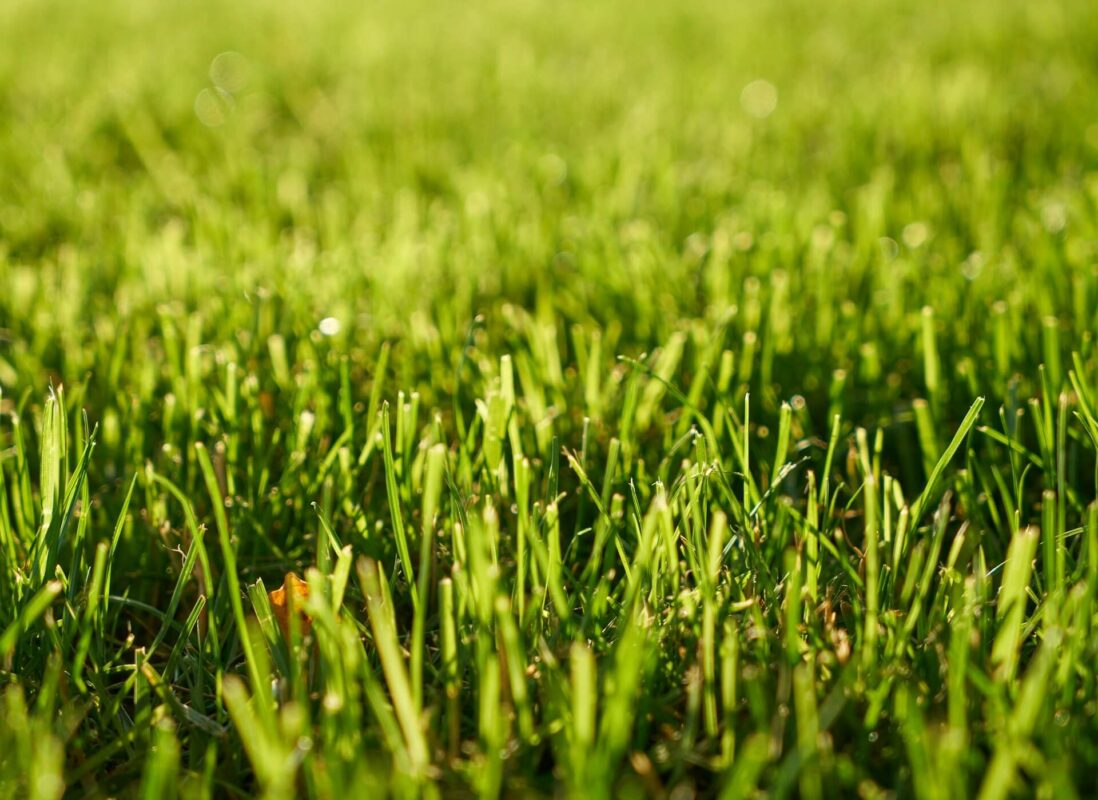Experiment Time: Cover Cropping an Existing Lawn

I have told you how bad my turf is. The previous homeowners were not kind to it. They over watered it, mowed infrequently, often only when the neighbor offered to do it for them, and never put any organic material back into the lawn. The soil is lean and not very soft, even though it was quite good soil to start with.
My Problem & Possible Solution
My own gardening quirks haven’t helped the short term situation any. Rather than cutting back gradually on the watering, I went to once a week and worked back up. That led to browning and no growth through much of the late spring and early summer. But it also gave me longer roots and now that I am up to two waterings a week the grass is starting to green up again. I still don’t have much organic material in the soil, I was hoping that mulch mowing would solve that quicker, but since I haven’t done much mowing…yeah, you see my problem. That will self correct with time and mulch mowing, but I am in a hurry and impatient. Then while I was being interviewed for Western Life Radio, it hit me! Why don’t I use a cover crop to help me improve the organic content of my lawn. By planting something that is made to create organic material I can speed up the improvement of my lawn’s soil.
Forage Radish as a Natural Aerator
I decided on forage radish as the best plant for my particular needs. Since I don’t want to kill my grass, I do not want to plant too heavily. I estimate I will need about 1/16 of a pound or less for every 1,000 square feet. If it gets too thick and threatens to shade out the grass or get taller than city codes allow, I will run the mower over it. The mower will be set to mulch mow, so even if I loose out on root development I will be adding a good amount of organic material to the top of my soil.
Possible Issues
Planting forage radish is not all beer and skittles, however. Forage radish has a truly grand root, not just in length but also in width. If you are not sure you can fix a pipe that is pushed aside by a quick growing four-inch or wider root, you may want to look at a different option. Large radishes are also known to have a strong smell when they die back and rot. This is not a big problem in farm areas where forage radishes are mostly used, but in the front lawn of a city property, this may be a difficult problem. I am also likely to get some very large holes that will stay around for a while in the lawn, but my lawn is so uneven I am not sure it matters!
To leave on a positive note, the leaves and seedpods are edible and should prove to be a tasty source of late season savory vegetables. This is also going to be much cheaper than a conventional mechanical aeration. All in all I think I will be ahead on the deal!
Manana!

